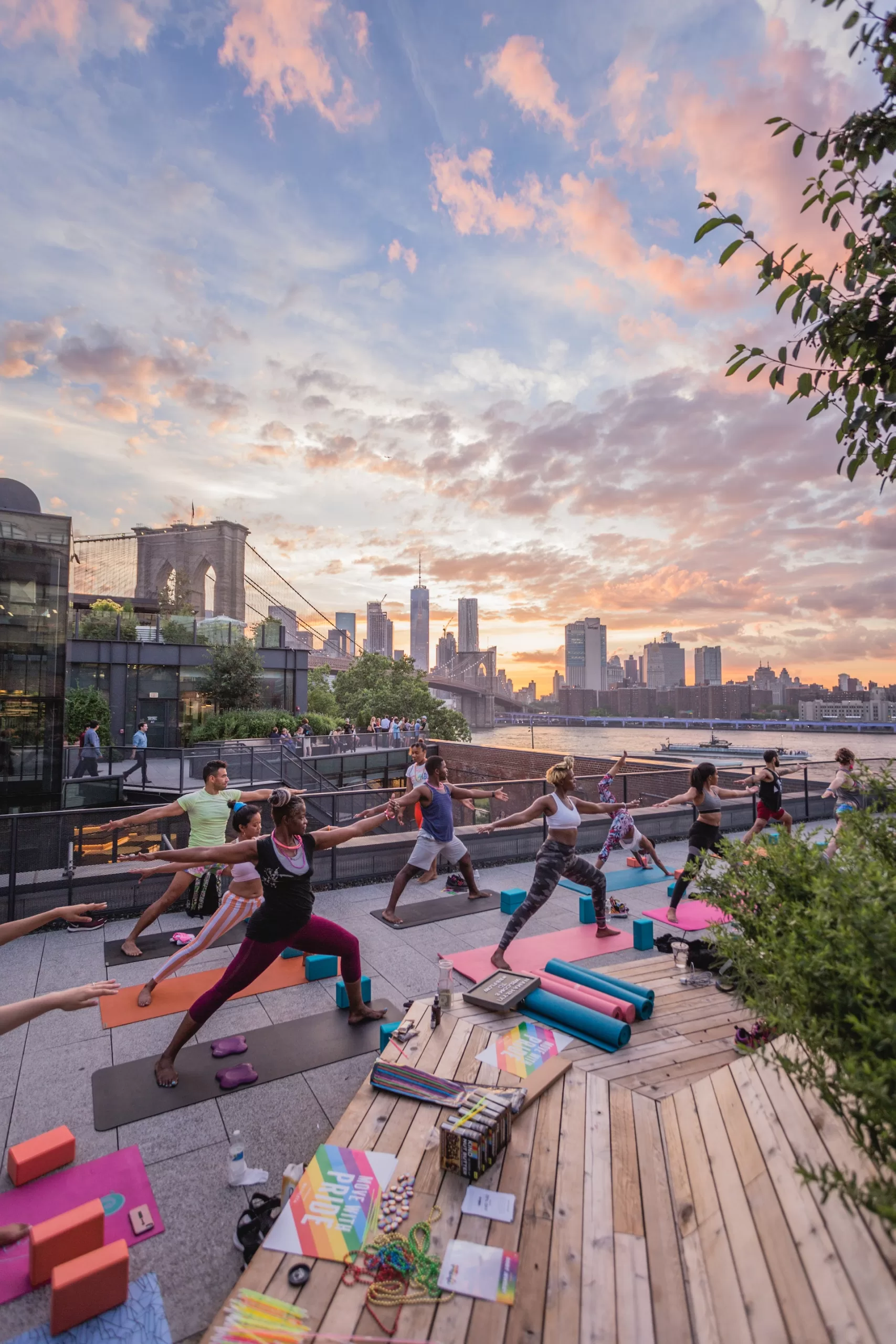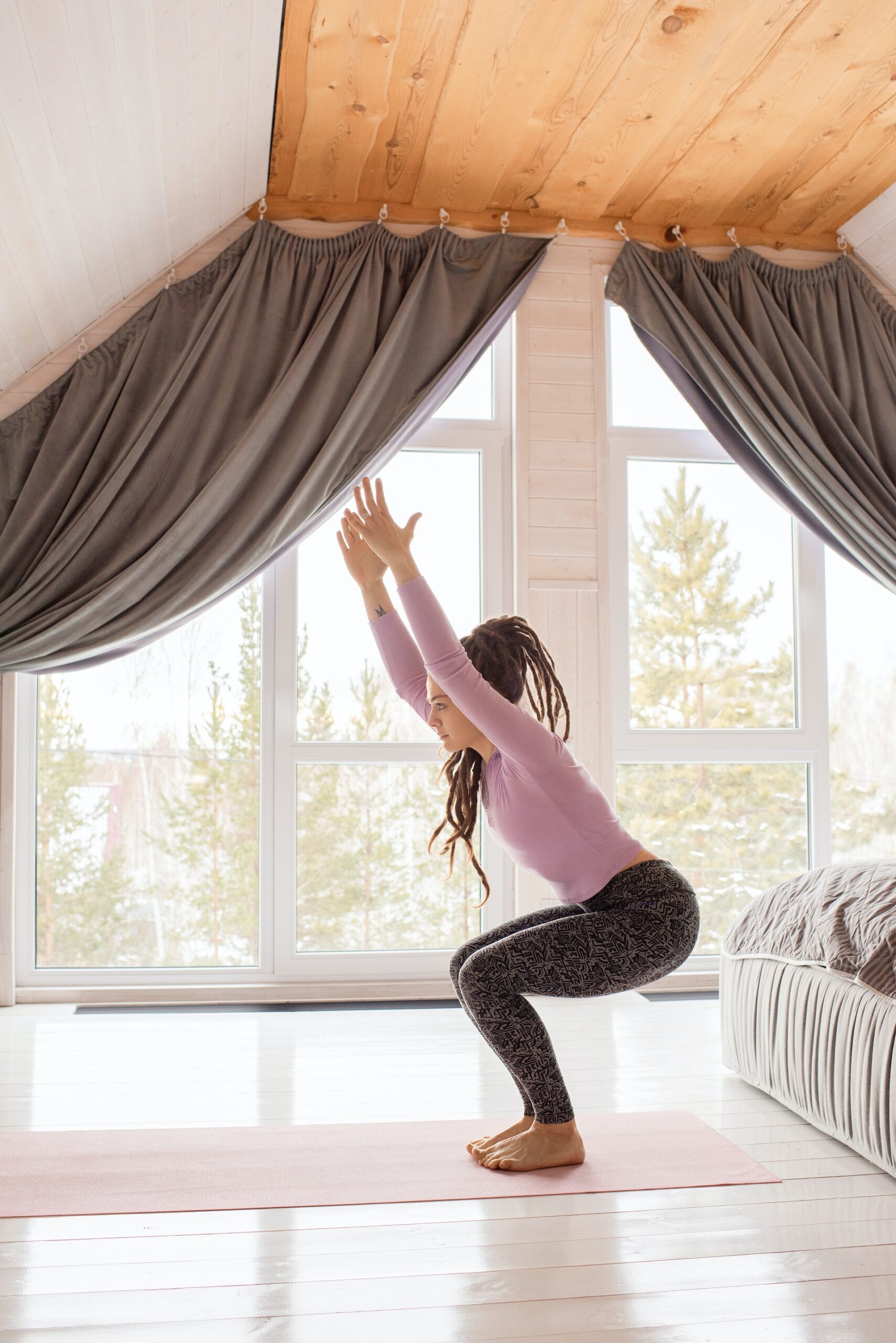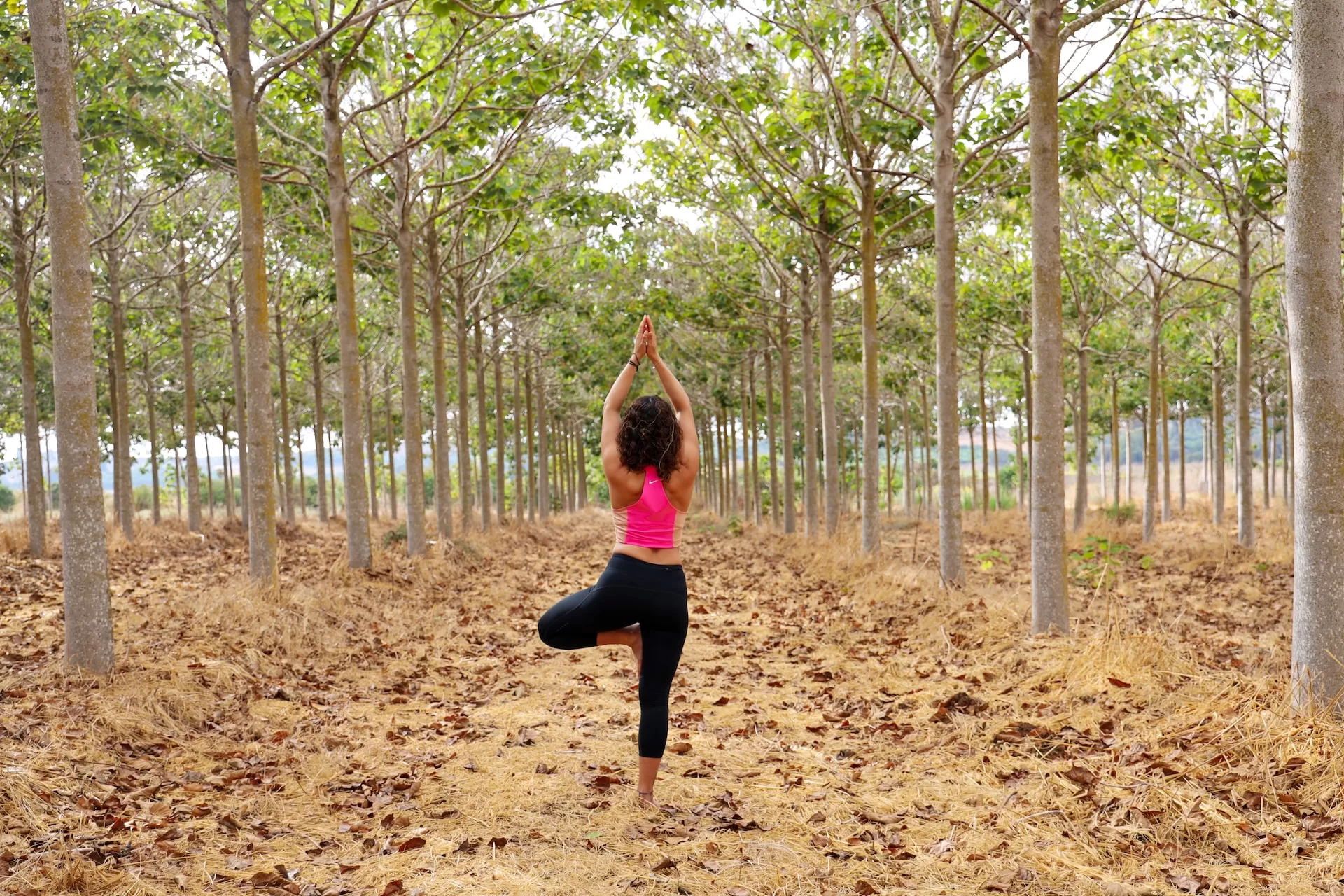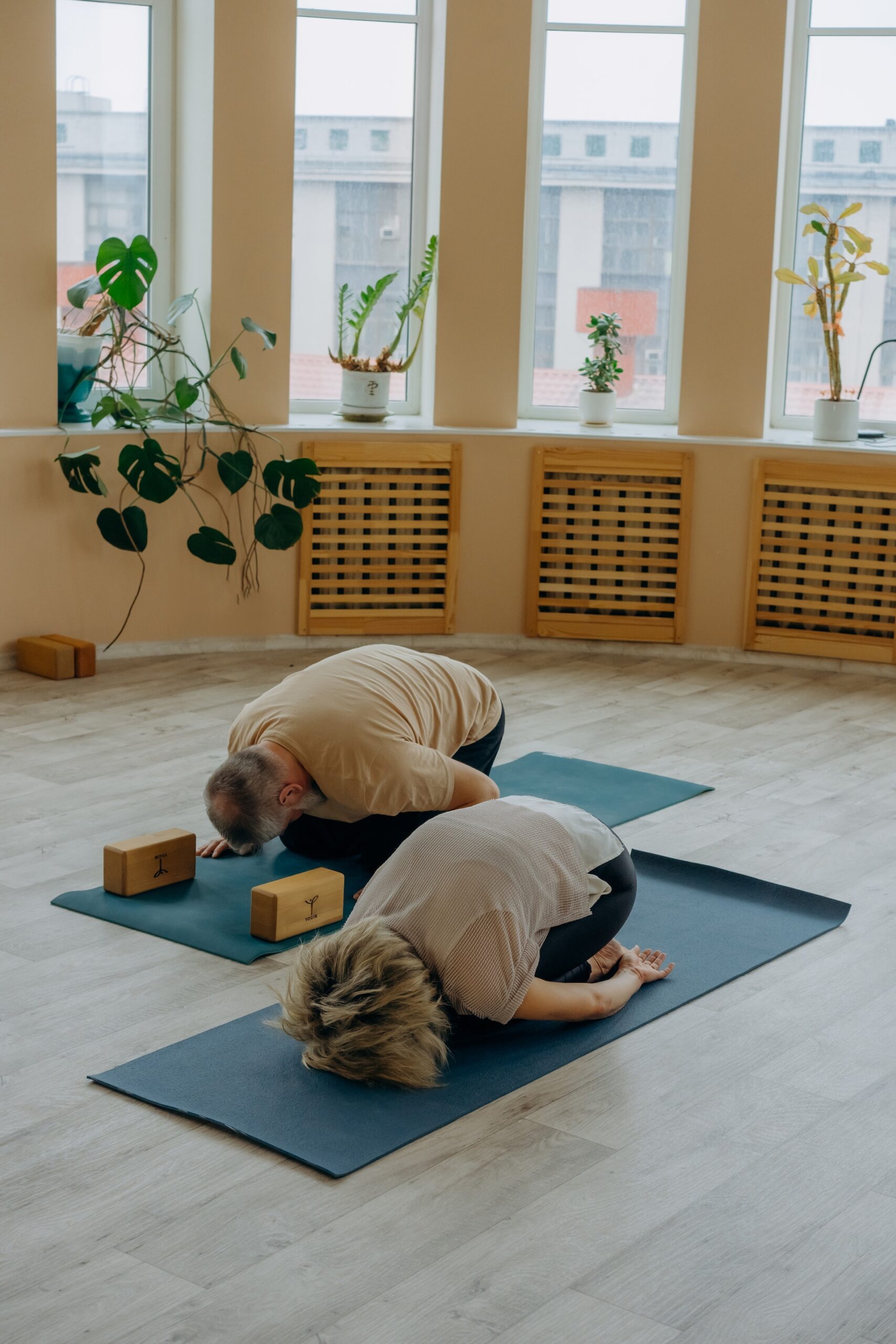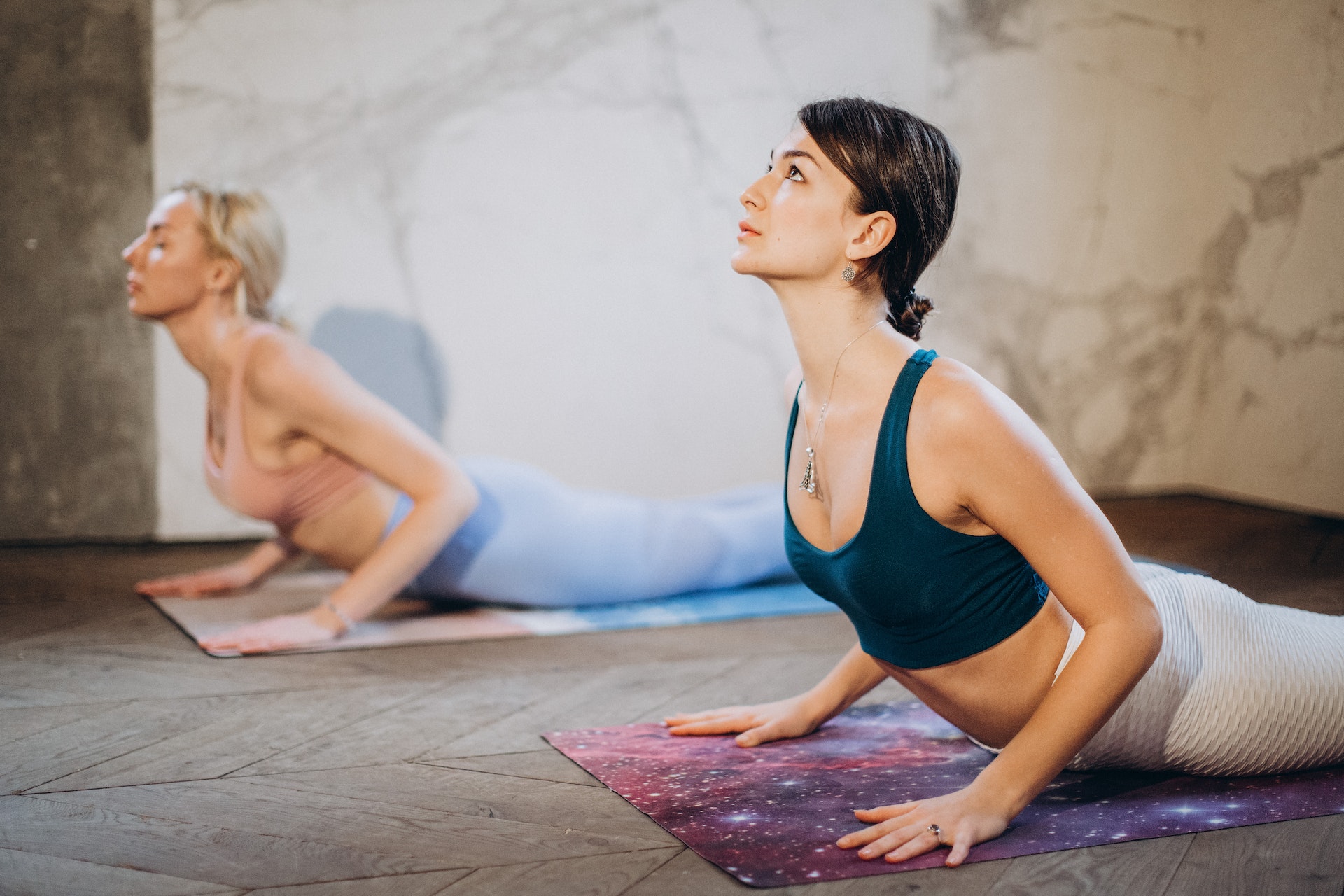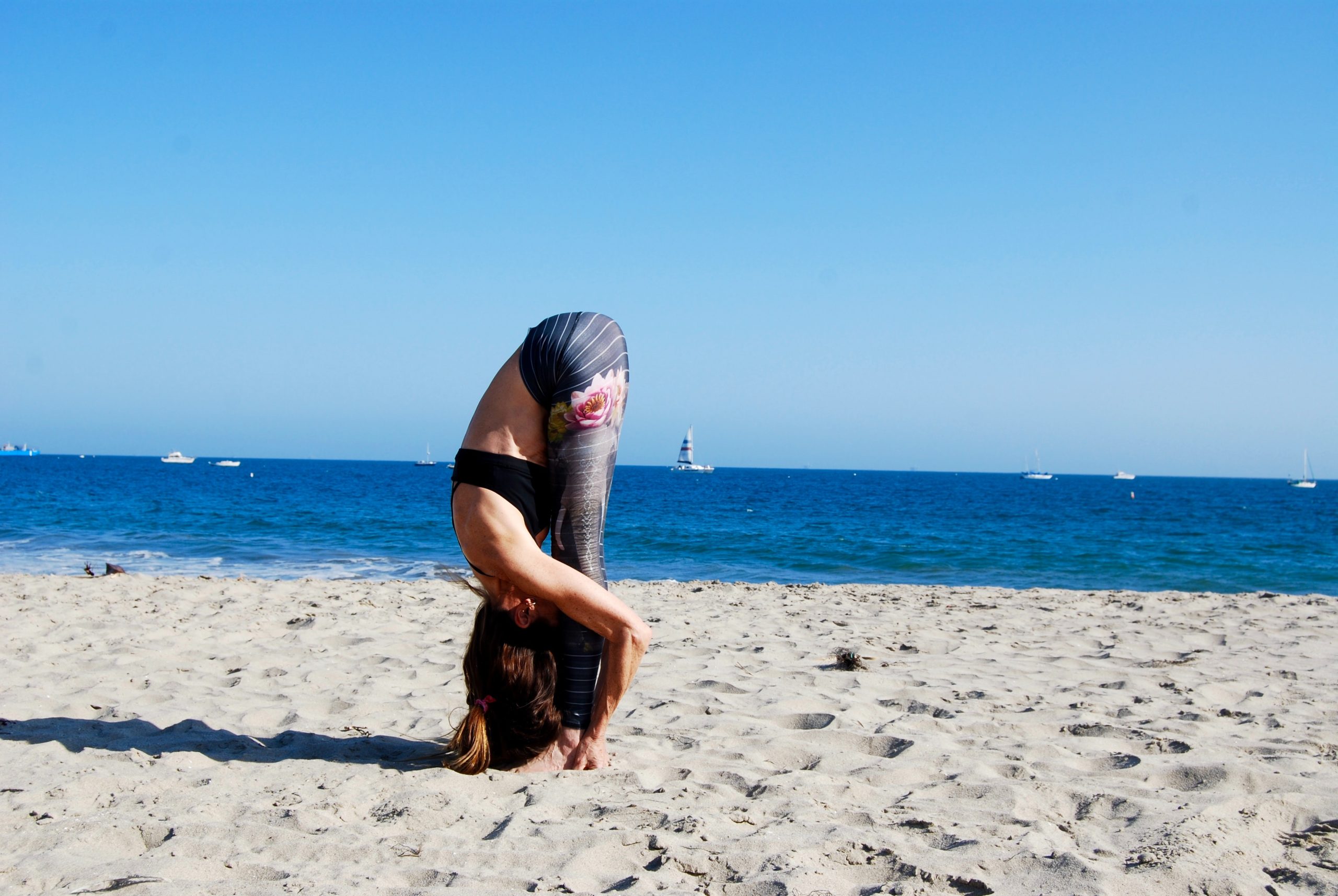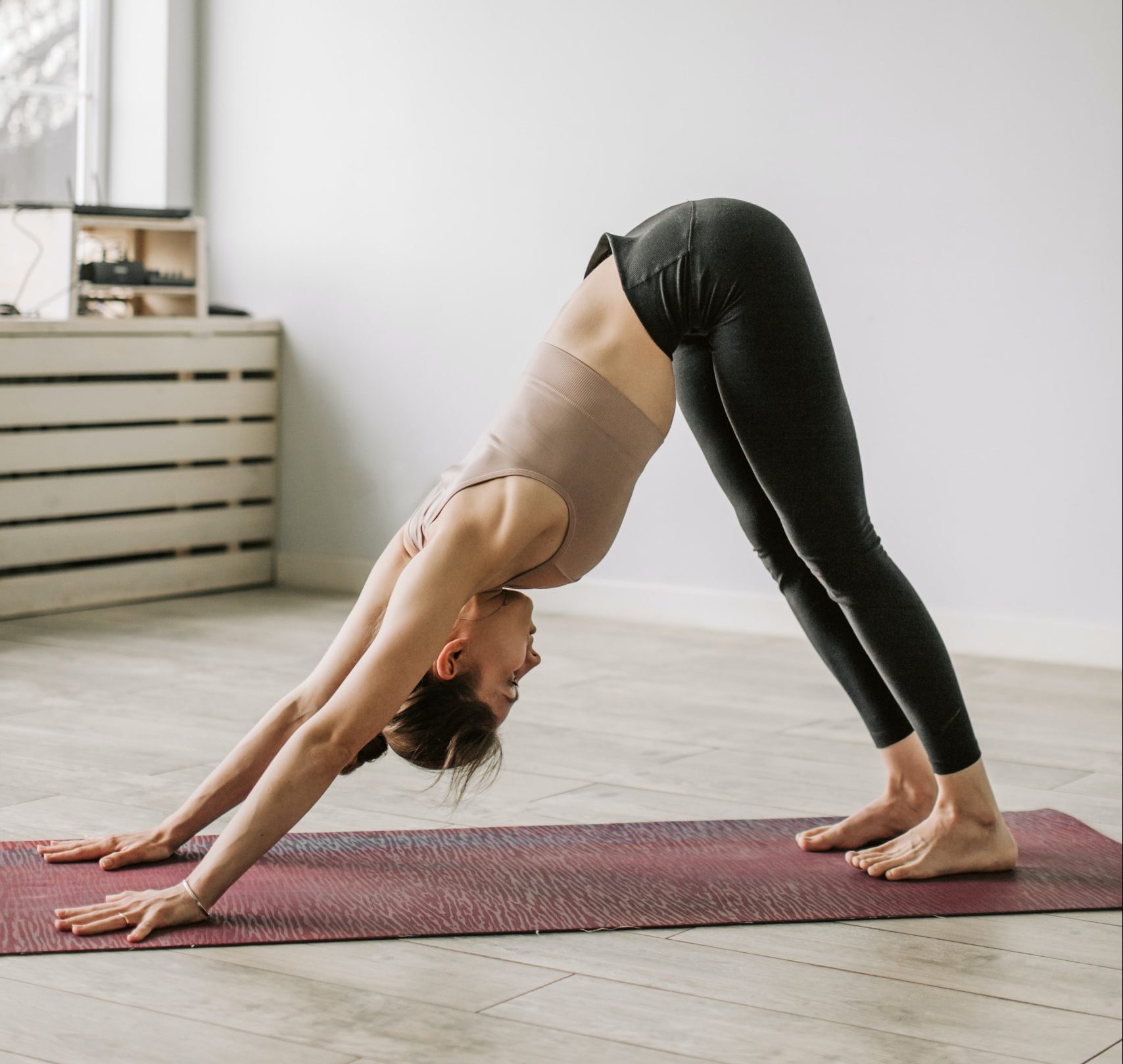-
Virabhadrasana II (Warrior II pose)
Virabhadrasana II is known to be an effective hip opener, as well as a way to strengthen and stabilize the legs. This pose is known to improve balance, focus, and posture. It is also a great way to challenge the body’s strength and flexibility simultaneously. Mentally, this pose is known to increase feelings of focus, courage, and determination.
-
Utkatasana (Chair Pose)
Utkatasana is an incredibly powerful and complex posture that offers physical, mental and emotional benefits. To get the most out of this yogic pose, it’s essential to practice regularly, experiment with different variations, understand the fundamentals of biomechanics and consciously work on achieving proper form.
-
Vrikshasana (Tree Pose)
By delving into the depths of the Tree Pose, we are able to discover the unique power of this cornerstone of the Yogic practice. In doing so, we can unlock a profound understanding of how the body can be used as a tool lift us up and out of the physical realm, accessing the deeper wisdom of the spiritual realities.
-
Balasana (Child’s Pose)
Balasana (Child’s Pose) is an incredibly restful and therapeutic posture which is accessible to all levels of practitioner.
-
Bhujangasana (Cobra)
Bhujangasana (Cobra Pose), derived from Sanskrit words, literally translating to meaning ‘snake’, is a classic yoga pose popularly practiced within Hatha yoga and significantly used within Vinyasa sequences as a lift from the mat. It is a calming and grounding posture which helps to revitalize the body, unwind the mind, and enhance flexibility. While it […]
-
Uttanasana (Standing Forward Bend)
The Uttanasana or Standing Forward Bend is one of the most fundamental asanas or poses in the practice of yoga. The pose is known to be a mild inversion, which is when the head is positioned below the heart.
-
Adho Mukha Svanasana (Downward-Facing Dog)
Adho Mukha Svanasana, more commonly referred to as Downward-Facing Dog Pose, is a foundational yoga posture included in almost every yoga practice. The name comes from the Sanskrit words adho (“downward”), mukha (“face”), svana (“dog”), and asana (“pose”). It has been part of yoga practice for centuries and is firmly established in the Hatha yoga tradition.

